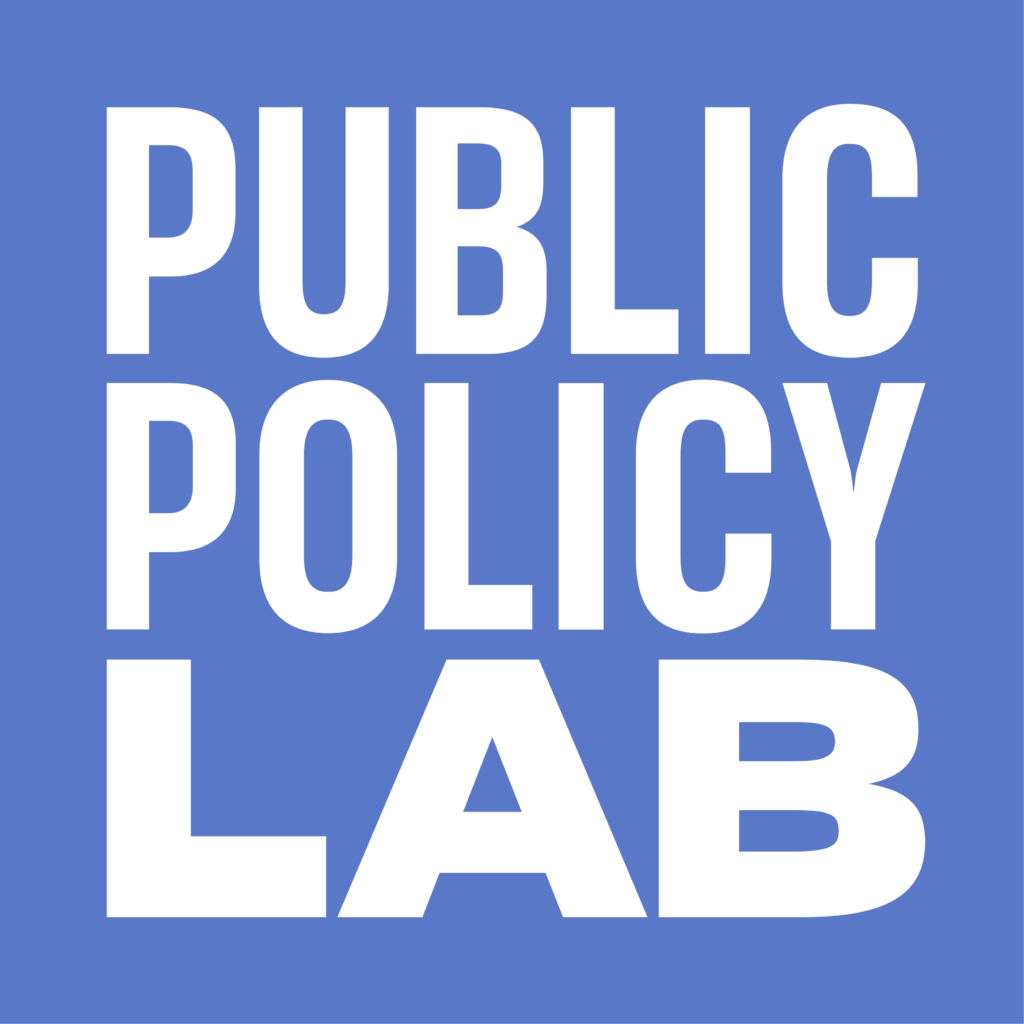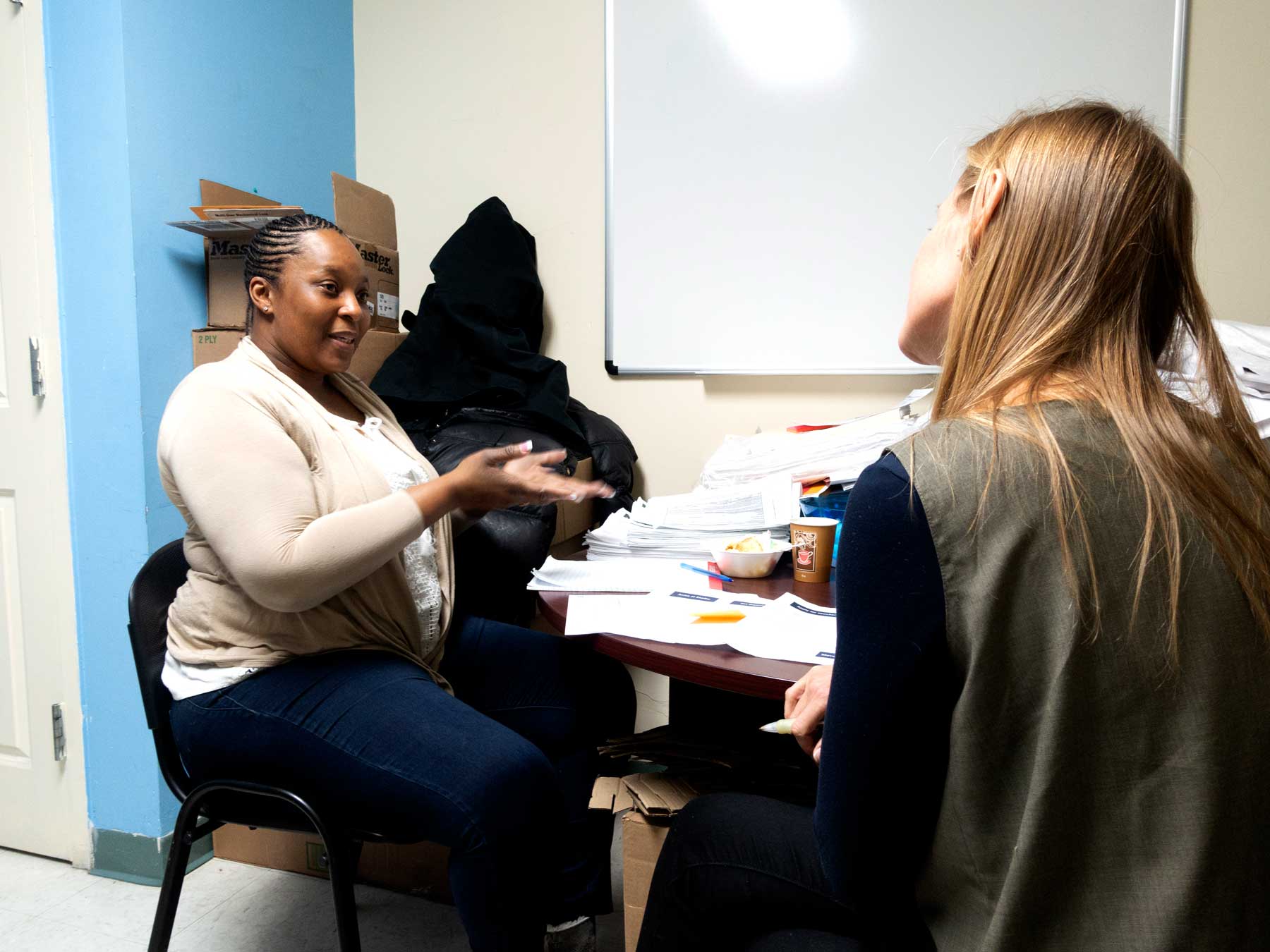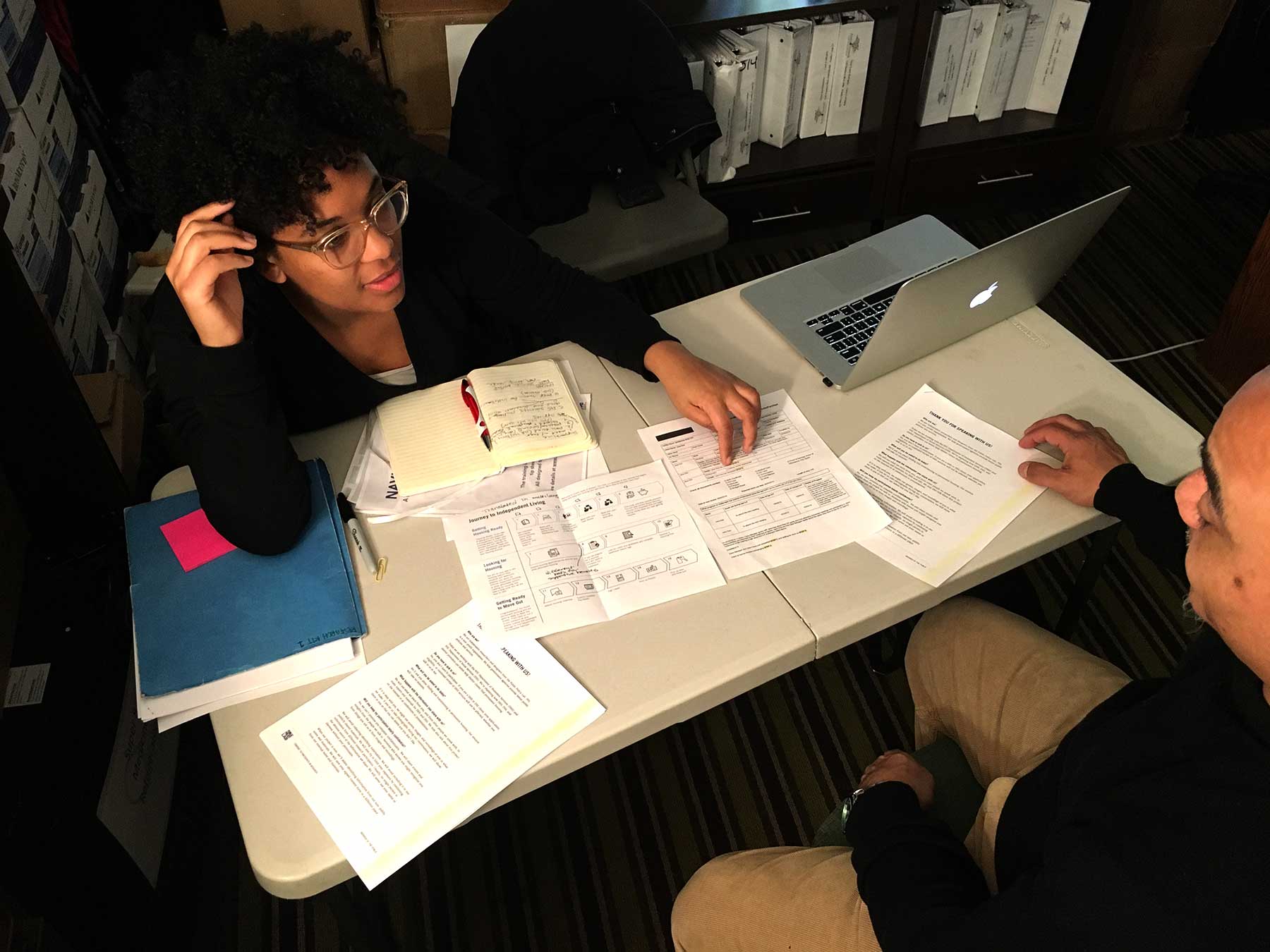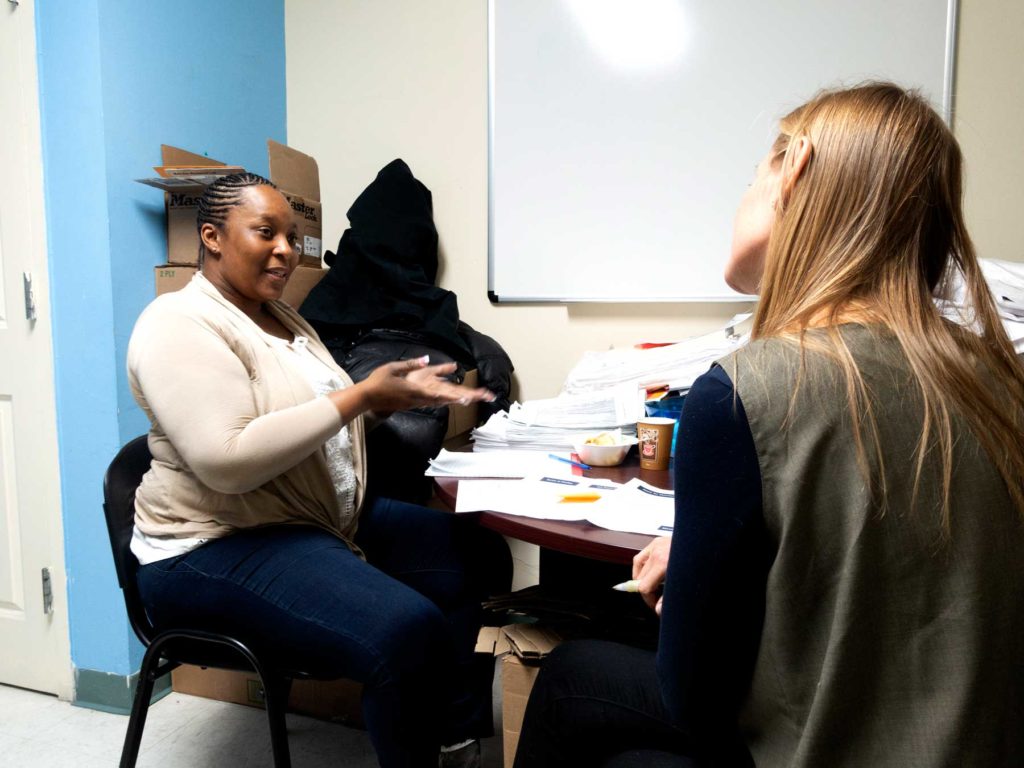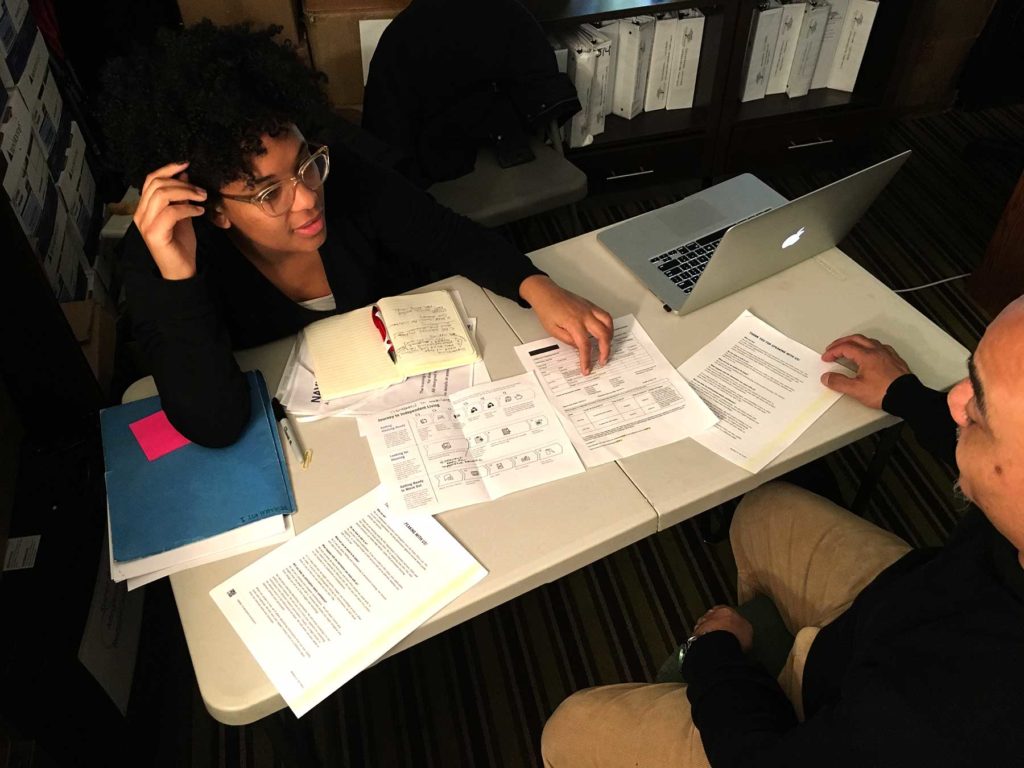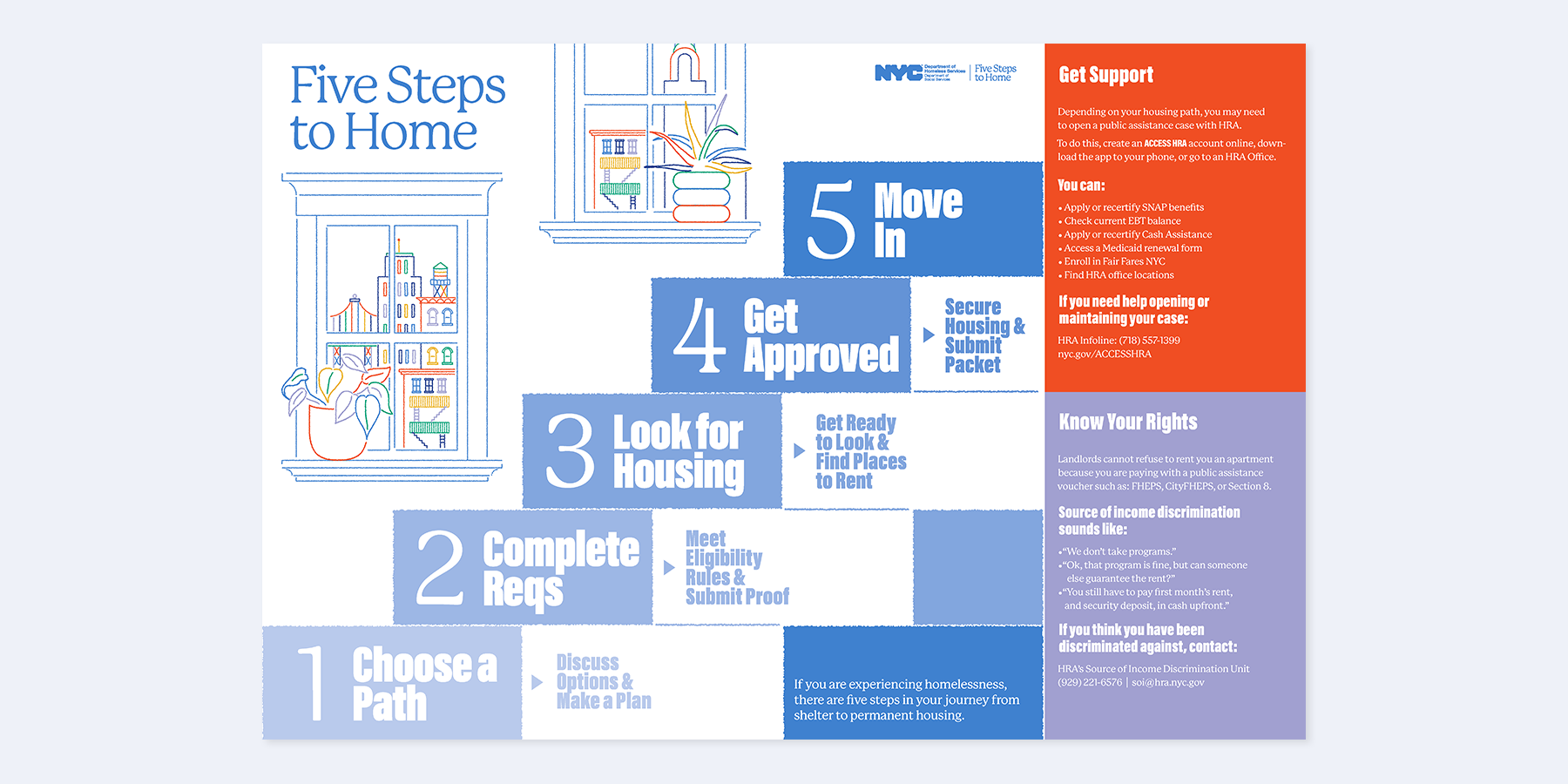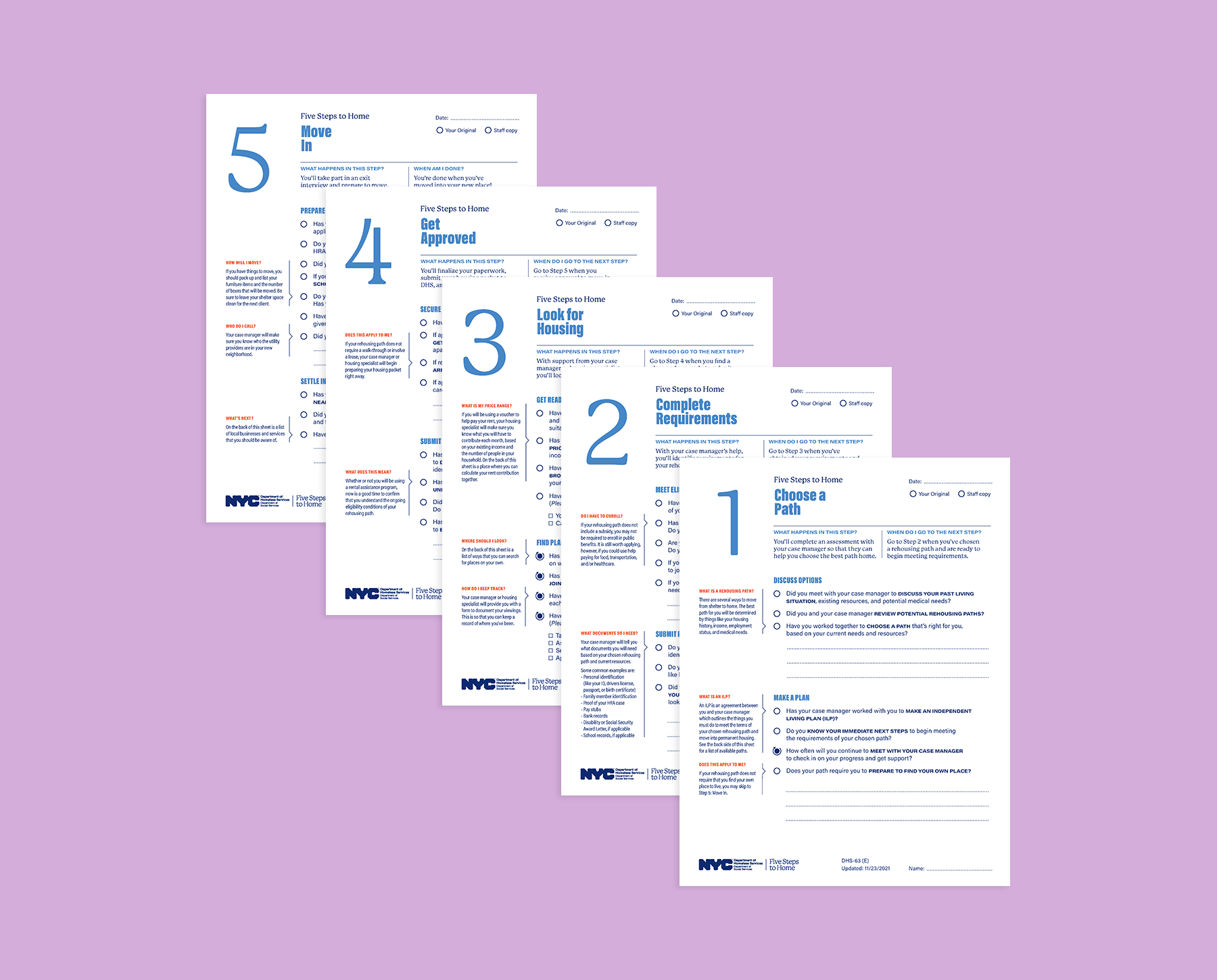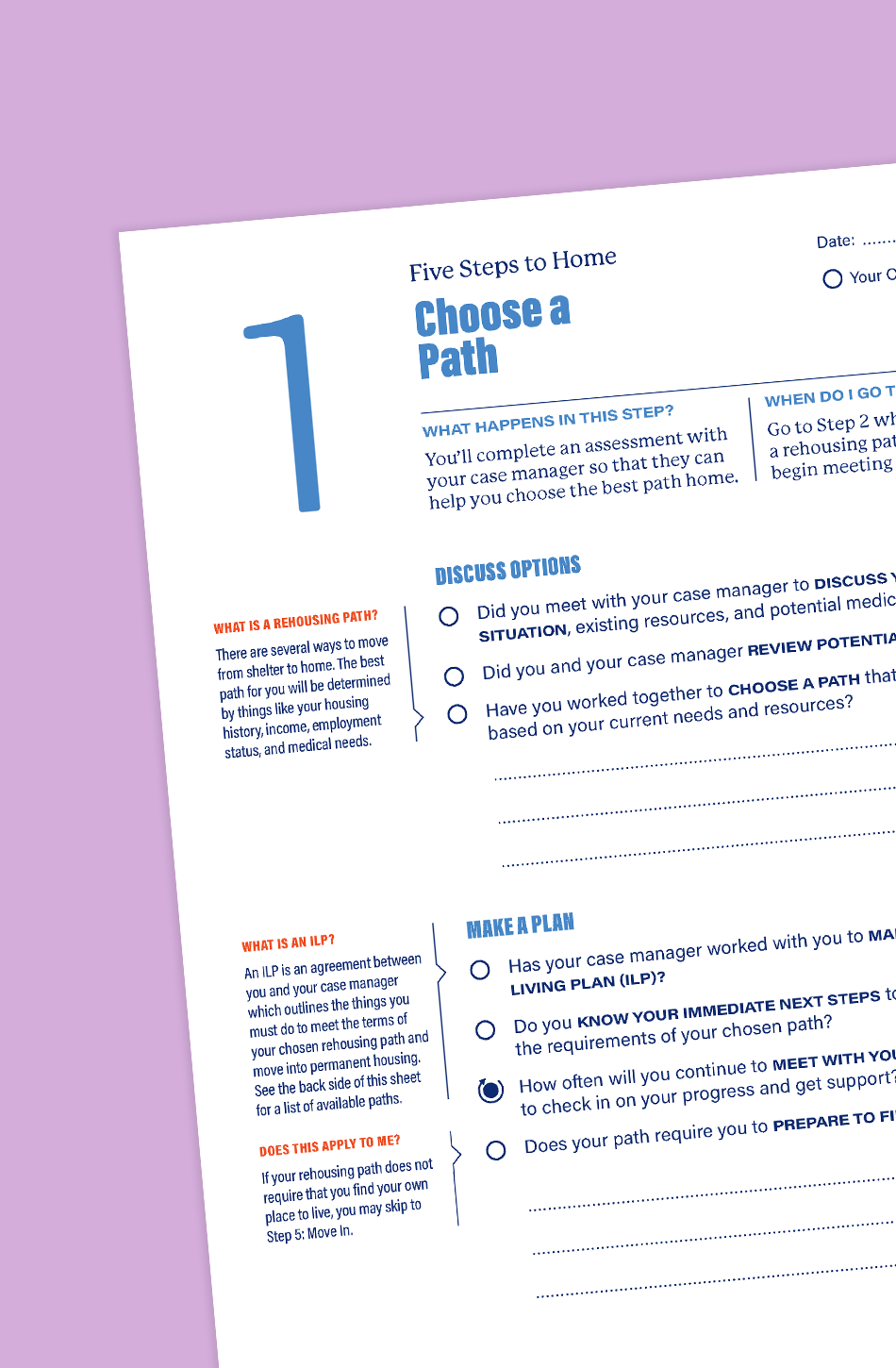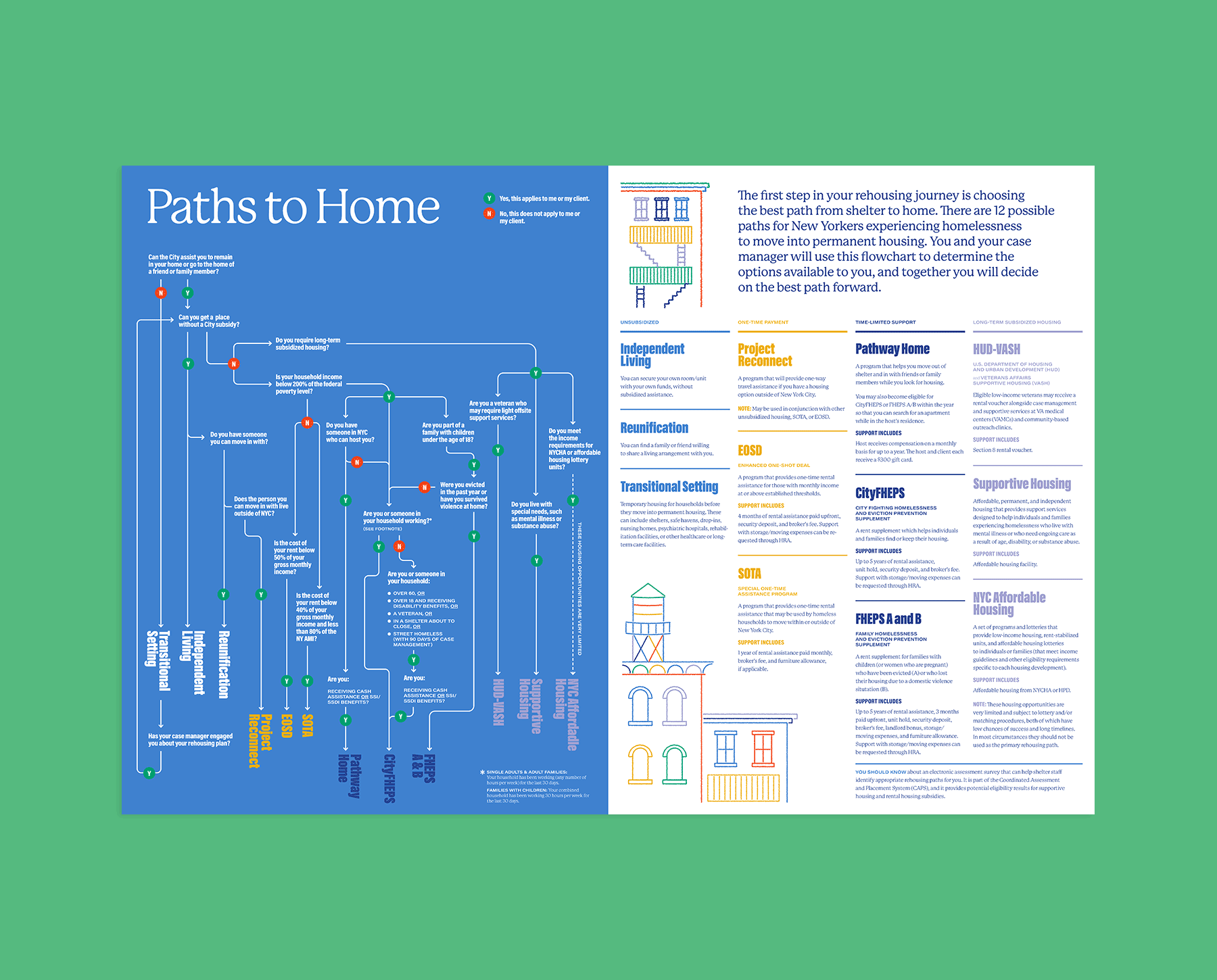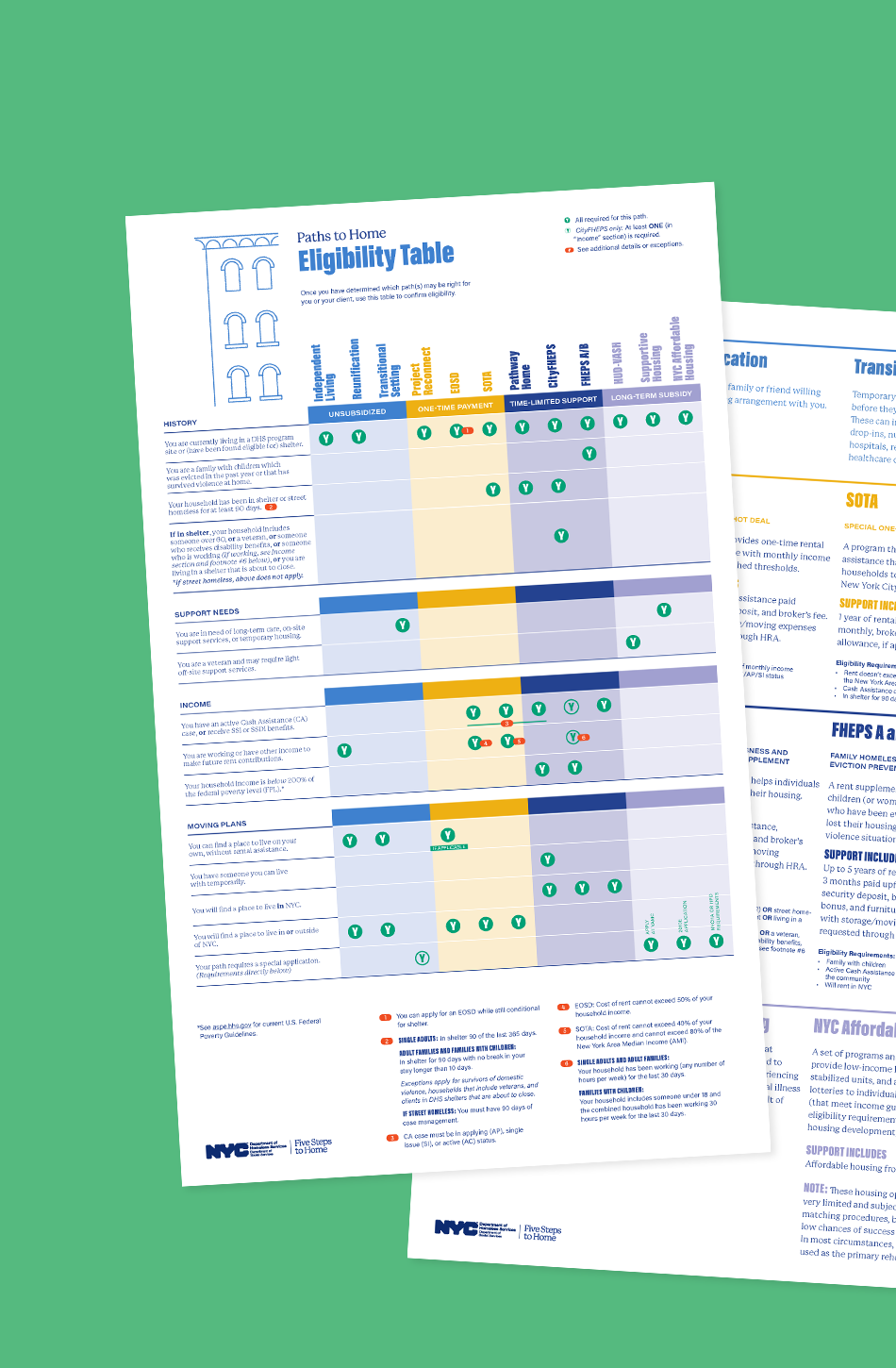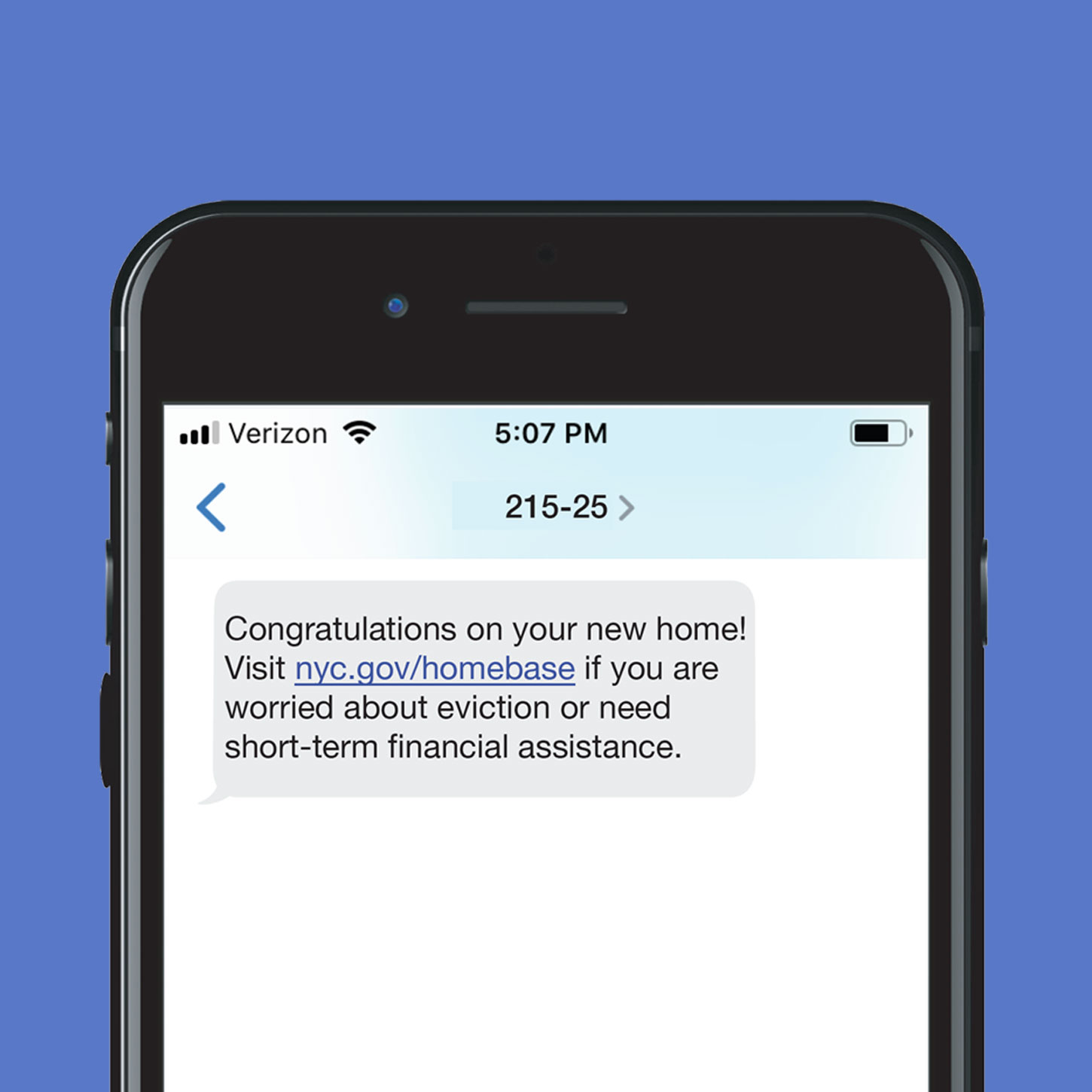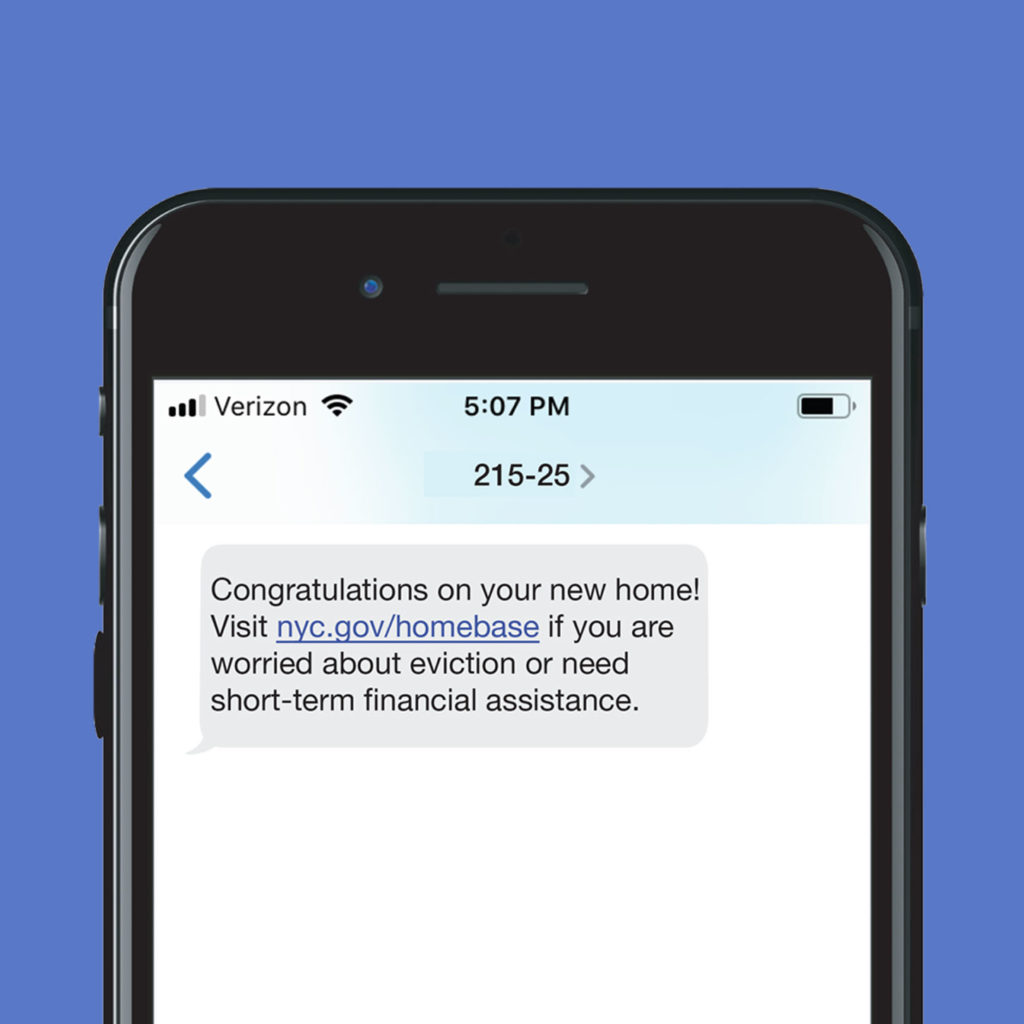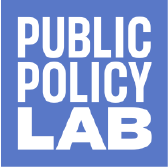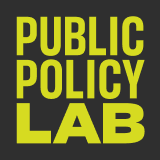Navigating Home
How can we better support New Yorkers experiencing homelessness to find and secure permanent housing?
Partners & Funders
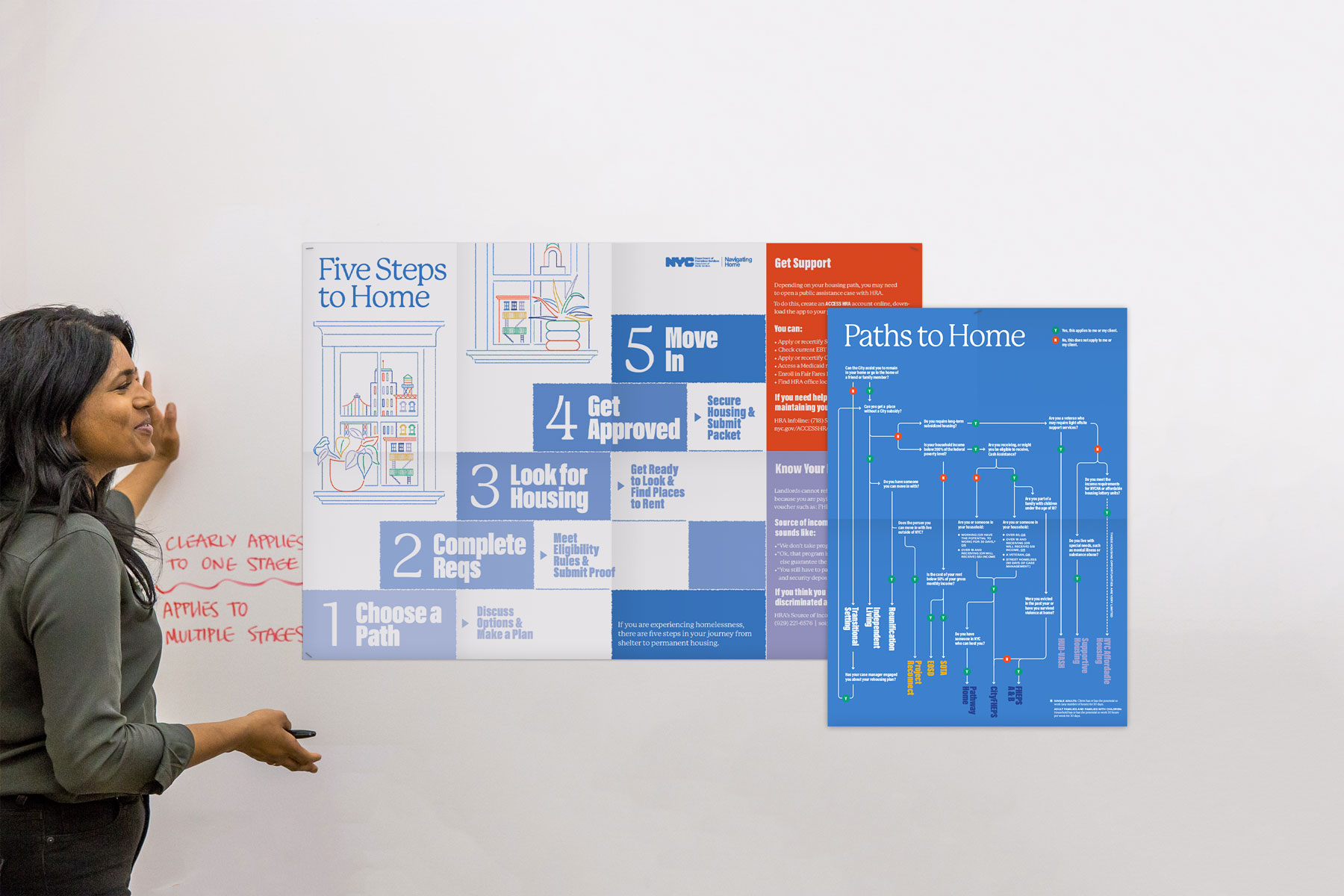
The Project
Staff at hundreds of shelters across New York City work hard to help New Yorkers experiencing homelessness find permanent housing—yet rates of success vary widely across the system. PPL partnered with New York City’s homeless-services agency to better understand client journeys from entry to exit and improve move-out rates city-wide.
The Outcome
Working closely with staff, providers, and clients at a dozen homeless shelters, we developed Five Steps to Home: a system model and set of user-friendly tools. Inspired by the best practices of high-performing shelters, this model supports new behaviors and mindsets, and provides a new framework for City training and monitoring around rehousing efforts.
Navigating Home

How can we better support New Yorkers experiencing homelessness to find and secure permanent housing?
Partners & Funders
The Project
Staff at hundreds of shelters across New York City work hard to help New Yorkers experiencing homelessness find permanent housing—yet rates of success vary widely across the system. PPL partnered with New York City’s homeless-services agency to better understand client journeys from entry to exit and improve move-out rates city-wide.
The Outcome
Working closely with staff, providers, and clients at a dozen homeless shelters, we developed Five Steps to Home: a system model and set of user-friendly tools. Inspired by the best practices of high-performing shelters, this model supports new behaviors and mindsets, and provides a new framework for City training and monitoring around rehousing efforts.
